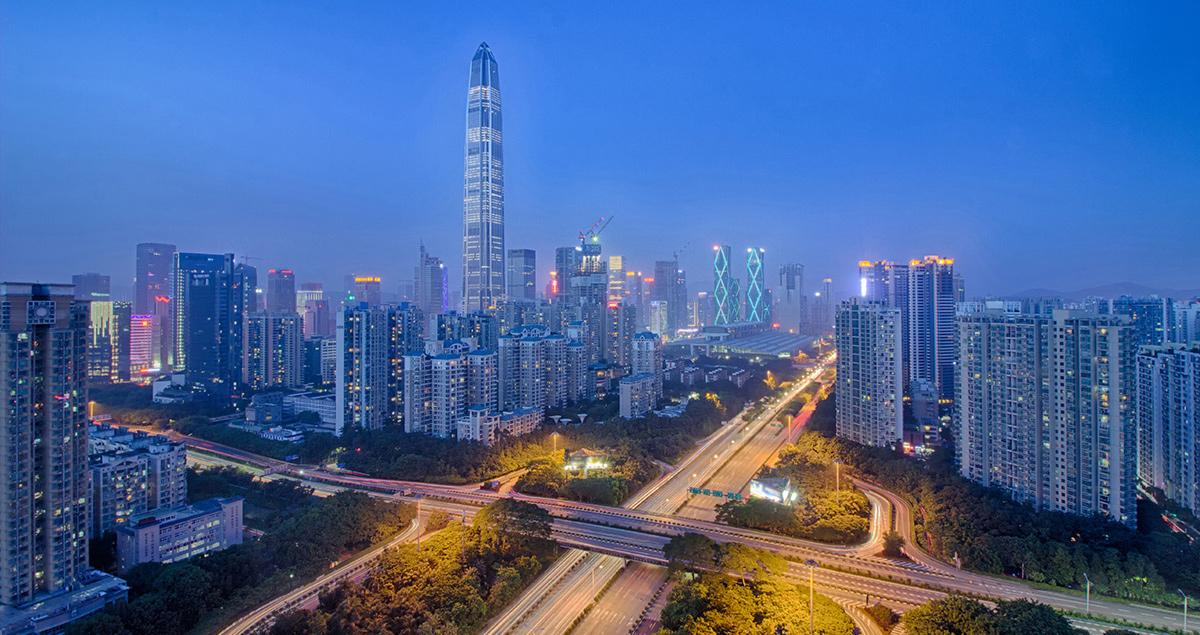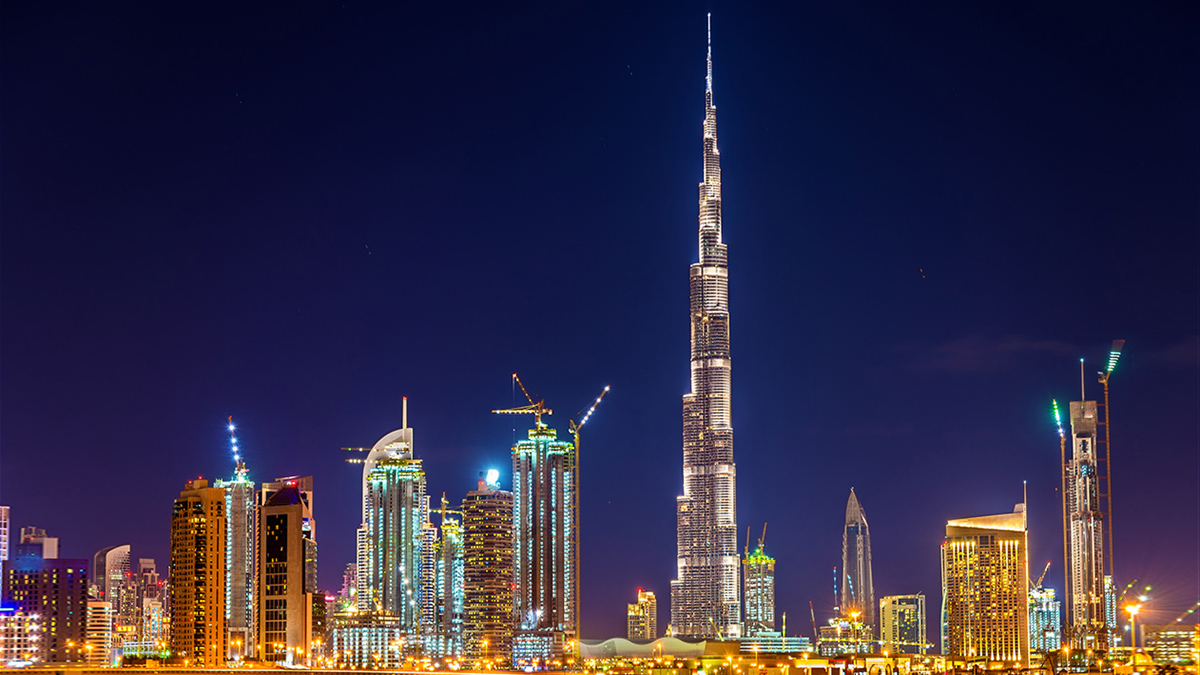Vertical cities are the future of urban living

In the early 1950s, Shenzhen in south-eastern China was a fishing village with only a few thousand inhabitants. Last year, its residents numbered around 11 million.
While this may be a particularly extreme example of urban growth, the UN predicts that by 2030, two-thirds of the global population will live in cities. In many urban centers there is already a shortage of space and expanding outwards isn’t always an option.
As a result, like never before, cities are going vertical.
Vertical cities, not skyscrapers
The concept of the ‘vertical city’ received wide attention with the construction of the Burj Khalifa in Dubai. The tallest building in the world, it was one of the first to be conceived as a mixed-use skyscraper with hotel accommodation, residential apartments and offices.
Not surprisingly, China has taken a page out of Dubai’s book as part of its rapid urban growth which saw almost 500 million people move from rural areas into cities in the last 35 years. Five of the ten tallest buildings in the world can be found in ‘megalopolises’ such as Shanghai, Guangzhou and Hong Kong.
Shenzhen’s Ping An Finance Centre is a case in point. Measuring 600 meters, it is the fourth tallest building in the world and the second tallest in China. Located in the CBD financial district of Shenzhen, it encompasses 118 floors and an area of 600,000 square meters. In addition to office space and a five-star boutique hotel, it also sports a 360-degree sightseeing floor.

Motion sickness
With extremely tall buildings like this, one major challenge is managing the effects of severe winds. Most skyscrapers can move several feet in either direction without sustaining structural damage.
The problem is that sway affects the people living and working in ultra-high-rise buildings. Research has shown that even a small amount of movement can trigger motion sickness, sleepinessand anxiety. Sway can also impact on safety and stability within these gravity-defying structures, risking movement of unsecured items.
Typically, horizontal movement can be reduced by tightening up the building’s steel structure to make it more rigid. Many new buildings also have one or more concrete cores built into their center to increase resistance to movement. However, for very tall skyscrapers like the Ping An Finance Centre, this is not sufficient.
Creating a counterweight
To keep sway at bay at the Ping An building, Mitsubishi Heavy Industries Machinery Systems installed a vibration control device featuring two 300-ton weights.
The company had experience of dealing with ultra-high-rises, having previously put in place a smaller system with two 150-ton weights at Shanghai World Financial Centre, which is 492 meters in height.
At Ping An Financial Centre, the two 300-ton weights and associated control unit are installed 524 meters above the ground – close to the roof.
When the building begins to sway in high winds, sensors at the top of the skyscraper detect the motion. Based on instant computer calculations, the weights are then activated to counter-act the movement. Through the action of the device, sway can be reduced by approximately 40%.
Achieving this dramatic reduction in lateral movement will be an important factor in the construction of new high-rise buildings, making them more livable as more and more of the world’s population are drawn to large cities.





